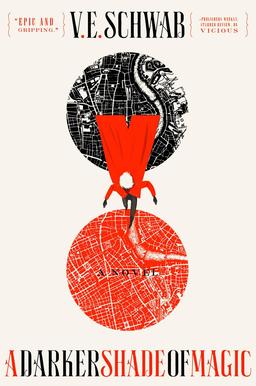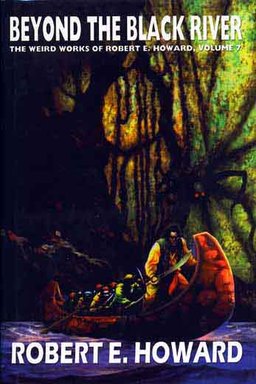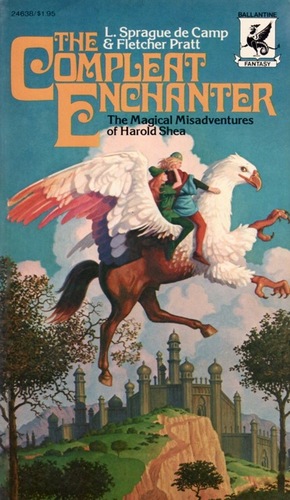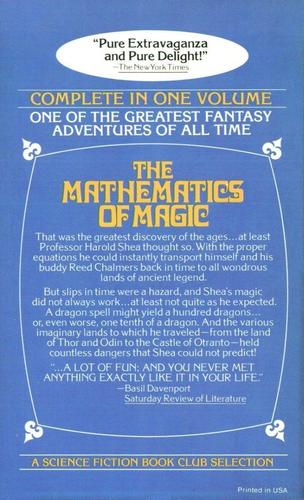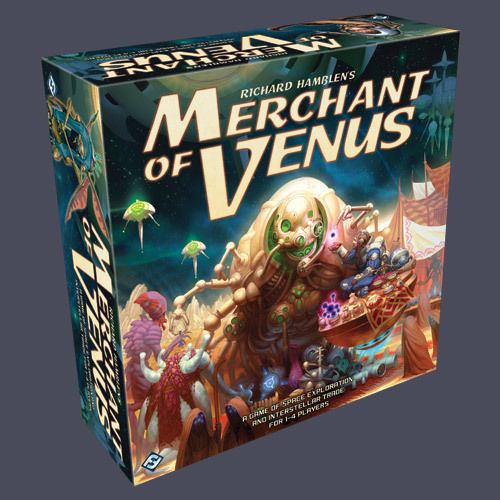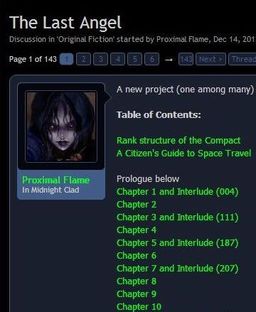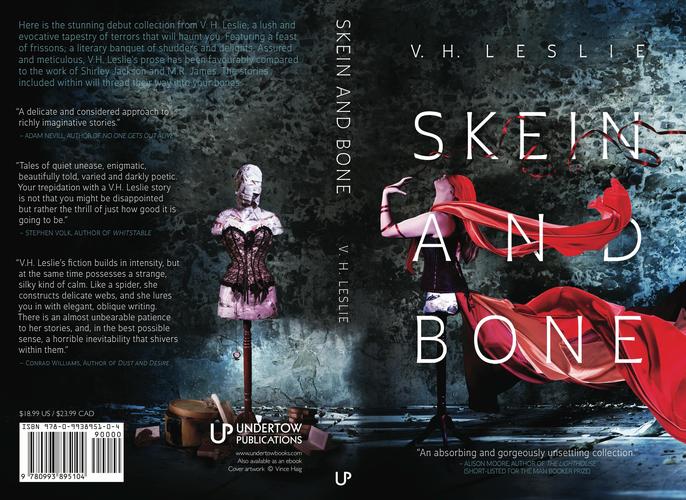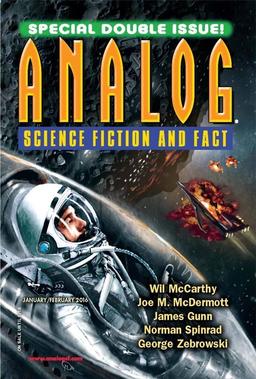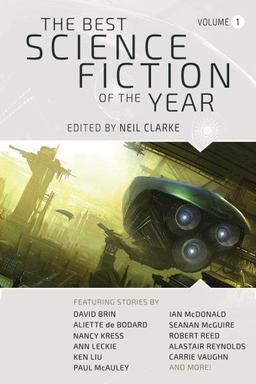A Concentrated Dose of the Best Our Field Has to Offer: Jonathan Strahan’s Best Short Novels 2004-2007
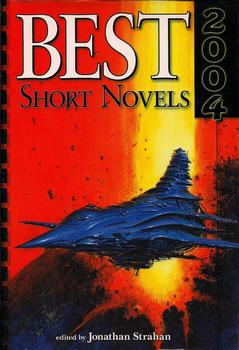 |
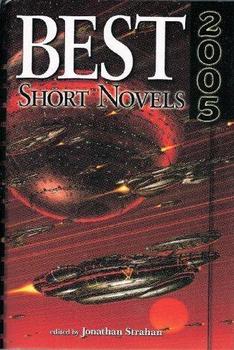 |
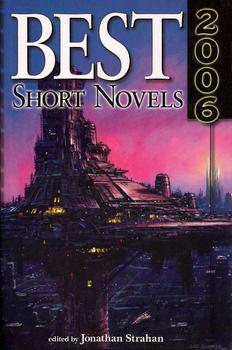 |
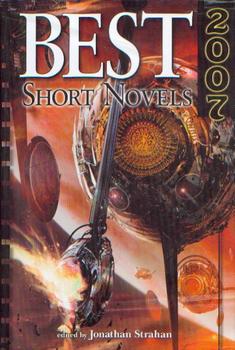 |
Jonathan Strahan is one of the most accomplished and acclaimed editors in the genre. He’s edited the annual Best Science Fiction and Fantasy of the Year since 2007, as well as some of our most highly regarded original anthologies — including the Infinity series (Engineering Infinity, Edge of Infinity, etc) and the Fearsome books (Fearsome Journeys and Fearsome Magics), all for Solaris. He’s also edited (with Terry Dowling) one of my favorite ongoing series, the five volumes in the monumental Early Jack Vance from Subterranean Press.
But the work that truly made me a Strahan fan was a brief (four volume) series he did exclusively for the Science Fiction Book Club, Best Short Novels. I’d been a member of the SFBC since the age of twelve but, after leaving Canada for grad school in 1987 and moving around after that, I’d let my membership lapse. I received plenty of invites to rejoin after settling here in St. Charles, but it was Strahan’s first volume in the series, Best Short Novels: 2004, that finally enticed me to do it. I’ve never regretted it.
